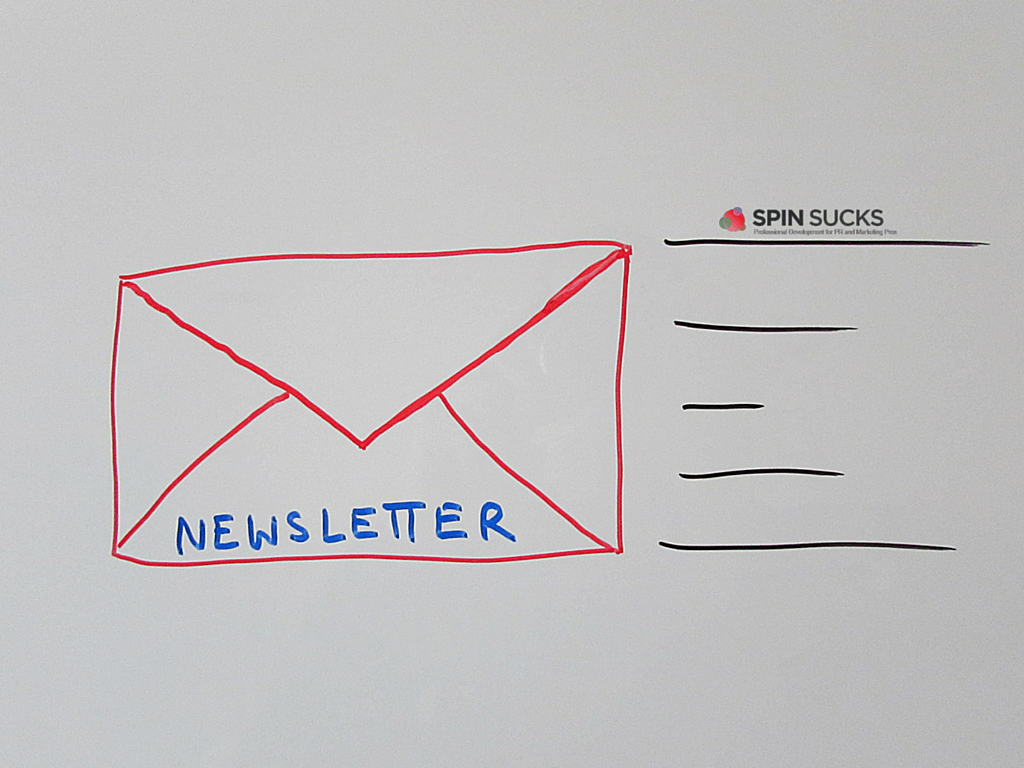 By Coby Stephens
By Coby Stephens
Email marketing is important for any website owner who wants return visitors…and for anyone who wants it to actually work.
The last thing you will want is for your email to be marked as spam.
There are very specific actions you can take during the creation process to avoid being sent to the dreaded junk folder.
Phrases to Avoid in Email Headlines
The first thing the reader sees, of course, is the subject line.
Spammy headlines can get your newsletter flagged as spam before it even reaches the intended audience.
According to the MailChimp guide for avoiding spam filters, neither spam filters nor readers appreciate the following phrases:
- “Click here” or “once in a lifetime opportunity” are phrases to avoid. Language like this should not be used anywhere in the content of your email, but especially not in the subject line.
- Exclamation points (!!!!) or ALL CAPS should never be used in the headline of your content.
- Using the word “test” in the subject line will instantly get your emails flagged by spam filters, so leave it out.
Other headlines and content that spam filters will pick up on, and penalize on a points scale, are talking about a lot of money, describing some kind of breakthrough, mortgage pitches, and money-back guarantees.
Be careful with these topics or leave them out of your newsletters altogether.
Never Hide Your Unsubscribe Links
When readers aren’t able to easily unsubscribe from an email list, they might report the mailing as abuse.
SilverPop found, in their 2015 Email Marketing Metrics Benchmark Study, that it was a good idea to include an extra unsubscribe link at the top of emails when experiencing higher than average complaint rates in newsletter campaigns.
Make sure unsubscribe links in all of your non-personal emails are present, highly visible, and easy to navigate.
Email Marketing Shouldn’t Happen Too Often
According to MarketingSherpa, 45.8 percent of email marked as spam was due to the high frequency of mail.
Emailing too often will lead to red flags and a downslide in the size of your mailing list.
Make sure you send out information often enough to keep readers interested, but not so often as to come across as annoying.
Send Emails Only to Those Who’ve Opted-in
Sending newsletters to customers who never opted-in is considered spammy, in itself.
Even if you know the person you are sending your message to, it is not a good idea to send to someone who hasn’t subscribed to your mailing and confirmed their subscription.
According to the U.S. CAN-SPAM Act, you should also be monitoring what others may be doing on your behalf.
Even if you, yourself, haven’t been spending spammy emails, you can still be held accountable.
Avoid these acts to ensure your email marketing comes across as legitimate and valuable.
image credit: Pixabay